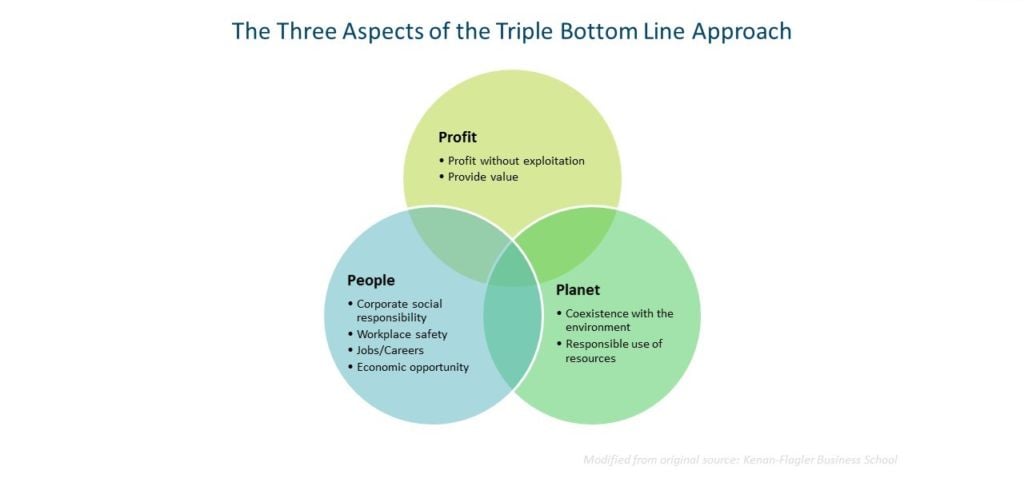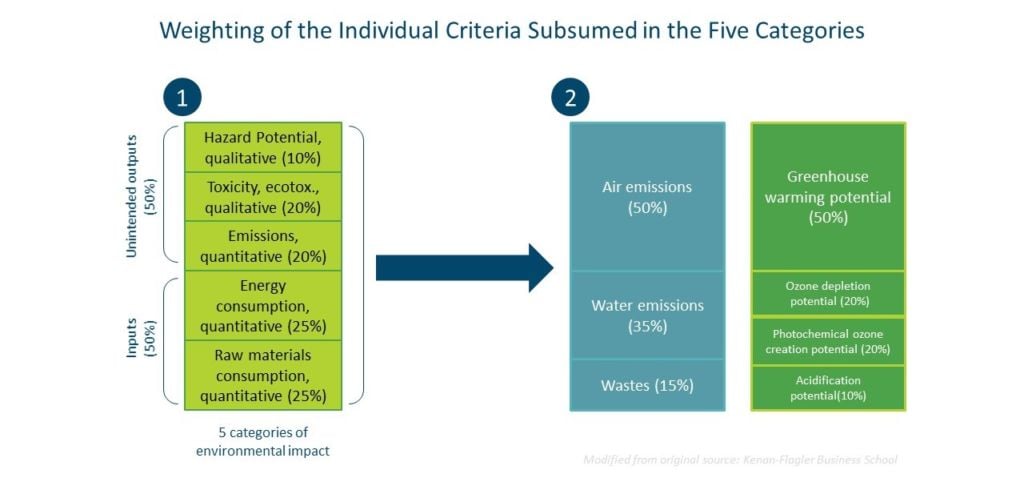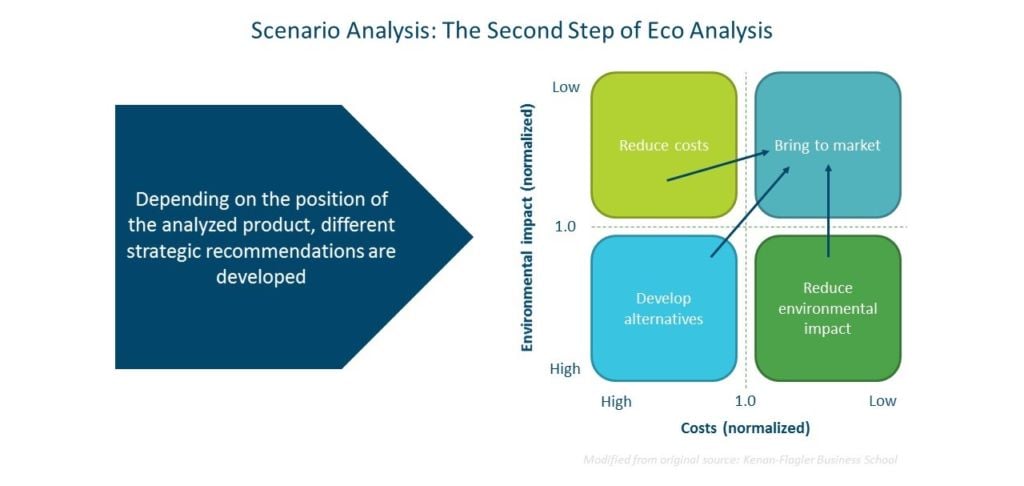This is the first article in a two-part series on sustainability.
Businesses are driving innovation more than ever before, and sustainability is pushing companies to innovate even further. There is no right or wrong way to be a sustainable enterprise, but no matter what, approaches to sustainability will become more integrated in the future, especially as sustainability continues to be one of the most important issues in corporate America.
A sustainable enterprise is any organization, governmental institution, country, or individual that is actively trying to coexist with environment. Companies that hope to be sustainable can take their capabilities, assets, and resources and apply them to sustainability. The goal of a sustainable business is to reduce costs, create an acceptable work environment and serve customers. There are best practices that allow us to coexist in economical and innovative ways.
There are four different perspectives we can take when considering sustainability. Sustainability can be a wave, a cause, a process improvement, or a new business model.
- Waves of change: These cause inflection points in business models that make us rethink how we do things.
- Cause: The coexistence of a business with the environment, using alternative sources of energy, and finding new ways of working that spur unique economic activity.
- Process: A company measures the impact from products and services on the environment while improving processes or finding alternative materials or material sources.
- Business model: Although the first three perspectives are viable, the fourth one is the key. Sustainability really is a whole new way of doing business that incorporates aspects of the previous three perspectives.
The most common business model that puts sustainability at the forefront is the Triple Bottom Line approach. This approach discards the notion of top-line revenue and bottom-line profit and loss. The Triple Bottom Line approach states that a company is responsible for three bottom lines: Profit, Planet and People. The following image details the aspects of this approach.
 Companies that use the Triple Bottom Line approach will:
Companies that use the Triple Bottom Line approach will:
- be sustainable
- last for a long time
- benefit the community
- develop better products and services
- contribute to society
Sopheon's Accolade Enterprise Innovation Management software can help companies in their quest to become sustainable enterprises. One of Sopheon's clients, a leader in the chemical industry, uses Accolade to standardize their innovation processes and to aid them in their strategy to be a sustainable enterprise.
This chemical leader focuses on well-defined measures on products and services, which include a sophisticated measurement scheme for product environmental impact and product lifecycle management. Within Accolade, metrics can be developed to track and trend environmental impact, and these metrics can also be used in a scorecard to determine which projects should be pursued. Specific questions that this firm considers are:
- How does our product impact the manufacturer's production process?
- How much is wasted, and how much hazardous waste is acceptable?
- Are there better products or technologies or a better method for solving the problem at hand?
These questions are all part of the portfolio management and project management processes in order to keep an eye on the firm's overall ecological fingerprint, while measuring emissions and value for the customer.
Accolade helps companies consider the customer at all points in the new product development (NPD) process, and for this firm, the case is no different. Metrics and deliverables within the portfolio and project management processes allow this firm to consider:
- The cost to the customer to receive, store, and dispose of the chemicals
- The cost to steward the product from “cradle to grave”
- The ozone destruction weighed relative to greenhouse warming potential
- The availability and natural occurrence of raw materials
This firm has a specific process for considering environmental impact, which can be contained in a deliverable and executed as part of every new product development and introduction initiative.
In the following chart, we see the chemical firm's first step in the environmental analysis process that is executed on each product or project in the new product development process. This first step can be split into two parts: the first part is always completed, and the second part is completed if the impact potential is high and more investigation is needed.
- First, the company reviews five categories of environmental impact. Using an online form, the project manager can record the level of impact in each of the five categories, each category rated on a set scale (i.e. 1-5). To determine the product's final score, the firm multiplies each score by a defined weighting factor and sums all the values.
- After completing this scorecard, the project manager may fill out forms investigating these categories further. This includes looking deeper into emission and waste as well as ozone depletion and acidification. These further levels of analysis can also be weighted and included in some type of scoring, or they can be used for informational purposes.
 Once the environmental impact has been assessed, the second step in their process is to develop a strategy that ensures the best value for the customer while trying to do the least amount of harm to the environment. This second portion of the eco-analysis looks at developing alternatives for converting raw materials into finished products, measuring the impact, assessing the costs, and adjusting necessary investment decisions, all of which is possible in Accolade. The following chart displays what this process looks like.
Once the environmental impact has been assessed, the second step in their process is to develop a strategy that ensures the best value for the customer while trying to do the least amount of harm to the environment. This second portion of the eco-analysis looks at developing alternatives for converting raw materials into finished products, measuring the impact, assessing the costs, and adjusting necessary investment decisions, all of which is possible in Accolade. The following chart displays what this process looks like.
 Based on the above quad chart, if a product has a low cost and a low environmental impact, then the firm should look to develop alternative approaches or products. If either or both of the factors are high, then work must be done before the product can go to market. The environmental impact is based on the analysis in the first step of the process. The goal is to not go to market until both the costs and environmental impact have been reduced. This can be one element of a scorecard or portfolio analysis in which projects are ranked based on the cumulative score of their cost and environmental impact.
Based on the above quad chart, if a product has a low cost and a low environmental impact, then the firm should look to develop alternative approaches or products. If either or both of the factors are high, then work must be done before the product can go to market. The environmental impact is based on the analysis in the first step of the process. The goal is to not go to market until both the costs and environmental impact have been reduced. This can be one element of a scorecard or portfolio analysis in which projects are ranked based on the cumulative score of their cost and environmental impact.
Overall, the firm's sustainability approach is product-focused, objective, and entails a decision-making strategy that is derived from assessments of technology, and Sopheon partners with them to make their dream of being sustainable a reality. In the next installment in the Sustainability series, we will look at seven technologies that are changing the world, and how Accolade fits into the mix.
Read the second and final part of the series, The Seven Technologies that are Changing the World and How Accolade Fits into the Mix.




